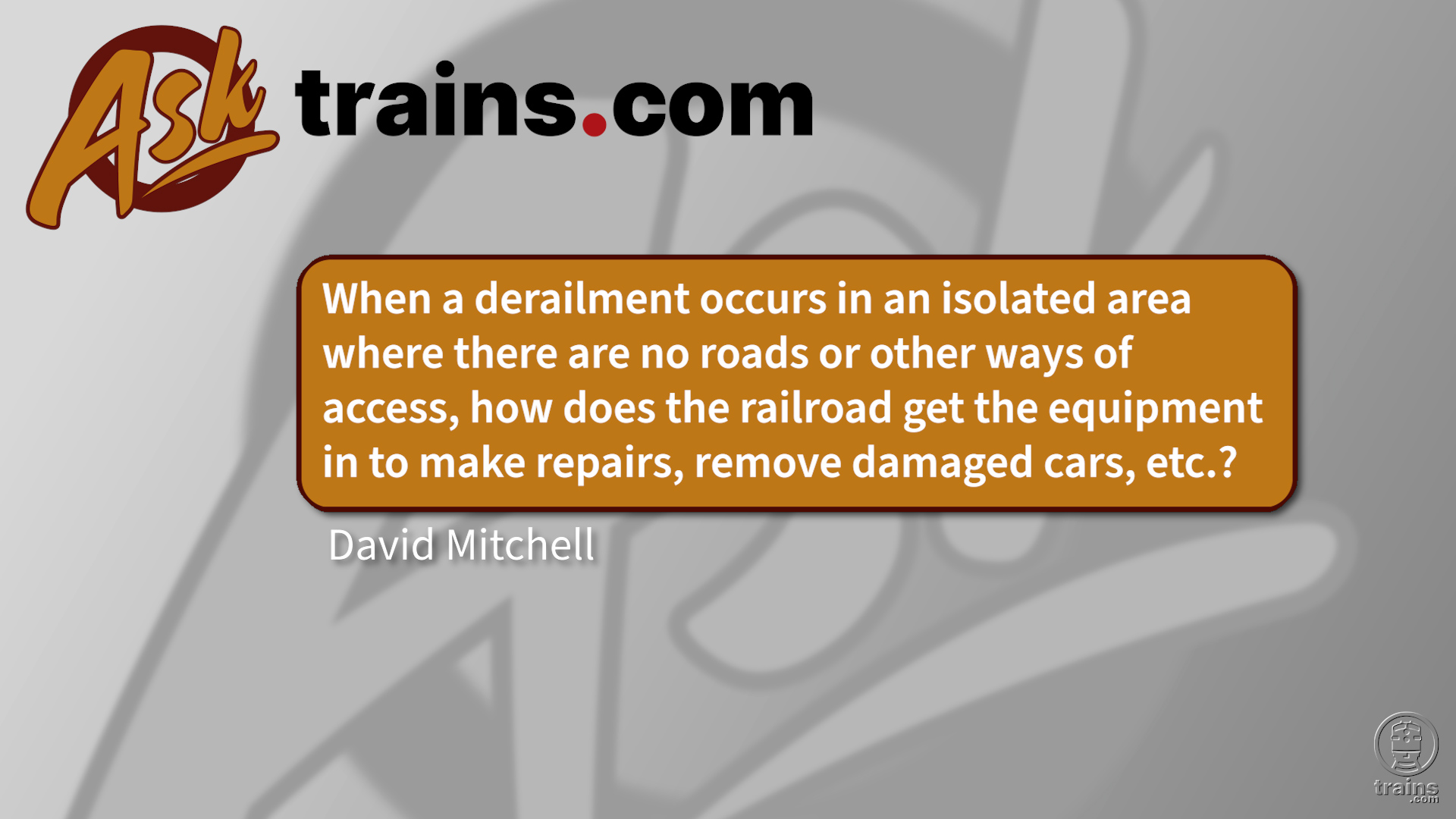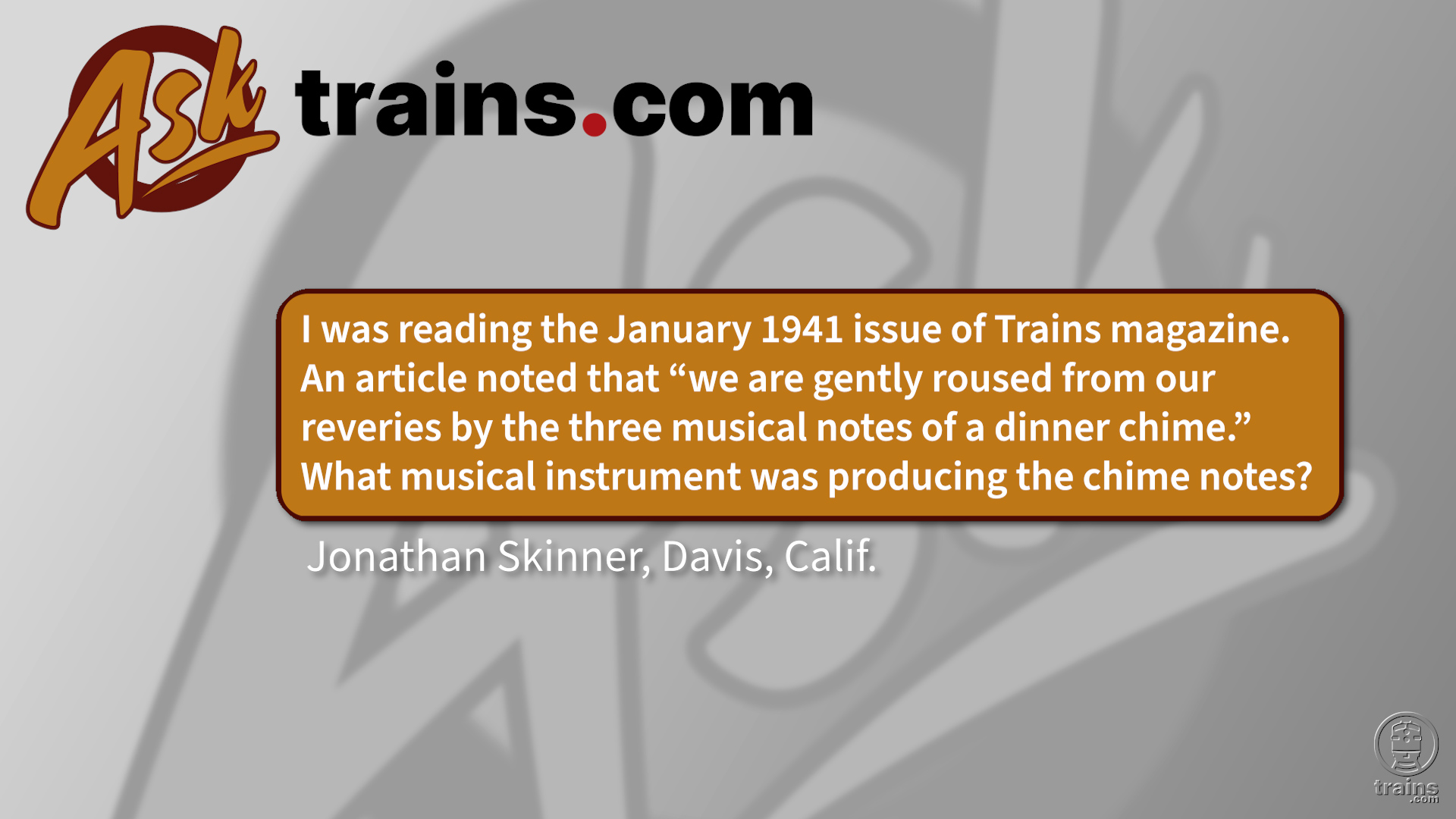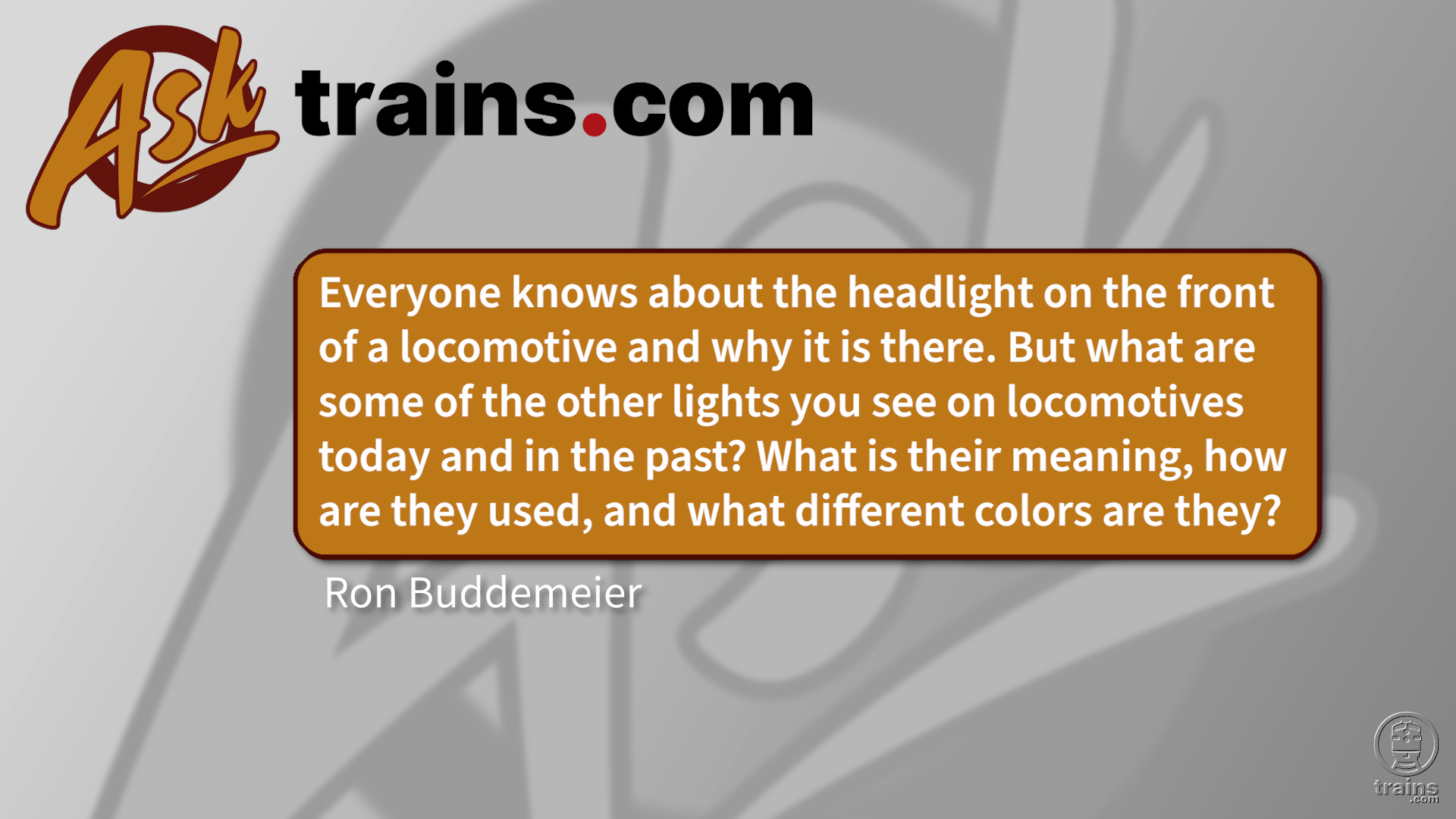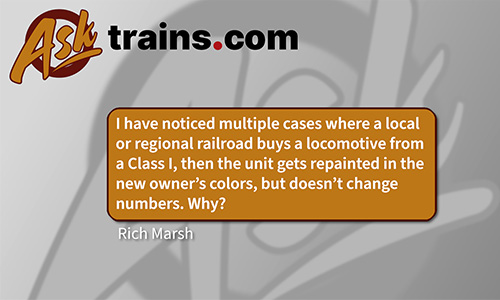— Andrew Marino, Lincoln Park, N.J.
A Railroad air brake systems need air pressure to function, and it’s held in the trainline as well as the auxiliary and emergency air reservoirs. When all the air pressure is bled gradually out of the system, the brakes release and stay released until the engineer recharges the air (or pumps air back into the system) to restore pressure. In an emergency application (whether engineer-initiated or from a pull-apart), the system releases enough air from the emergency reservoir to set the brakes, then stops, holding the pressure and brakes in place. When switching, railroaders will set a certain number of handbrakes on cars lined up and waiting on their tracks, but do not charge the air on cars being switched so that they can roll freely.
— Ray Weart, Canadian National locomotive engineer














I too thought this a a fail-safe system that would set the brakes on air loss. Most surprised!